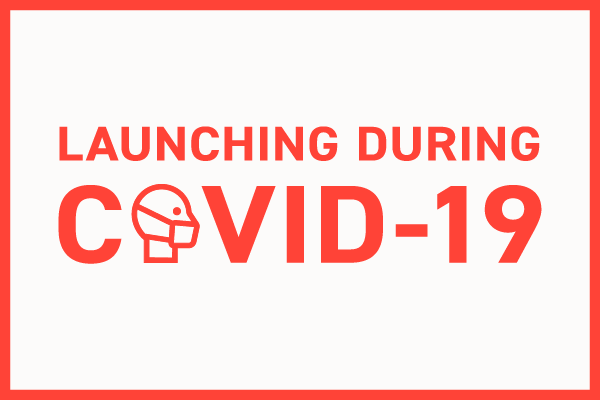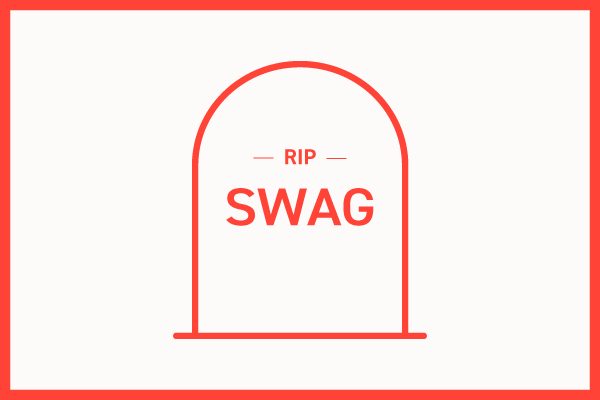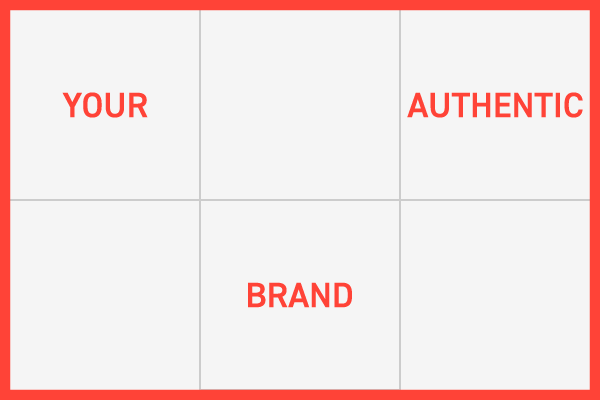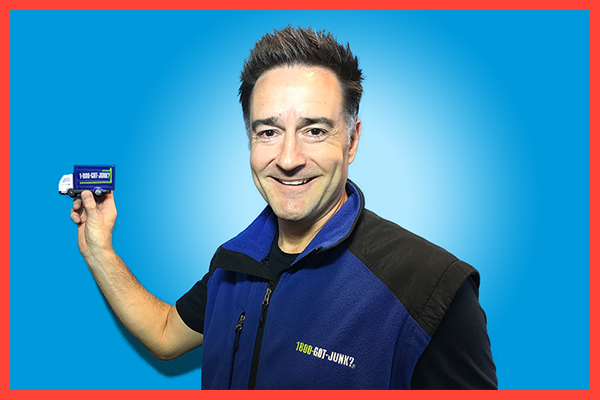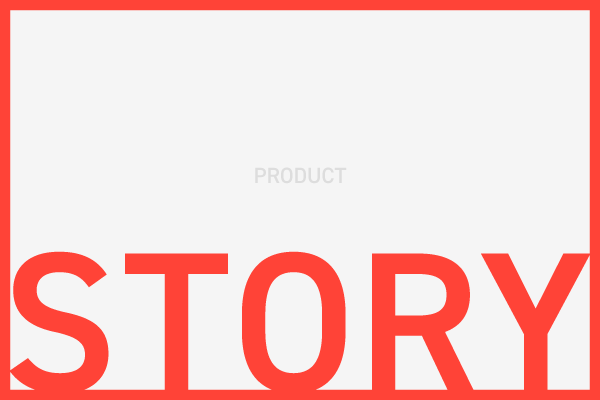Author Archives: Fabian Geyrhalter
How to Navigate Product Launches During COVID-19
Business Class from American Express interviewed me about the topic of launching during this pandemic. The article outlines 5 key points: Communicate with customers. Be mindful of messaging. Put the customer—not the brand—first Evaluate the risks vs. rewards of launching. Know your customers. Read the full story here.
Why You Should Give Away Your Product (And Why Swag Is Dead)
Here is the thing about free stuff (“swag”) brands love to give away the minute they hit a certain threshold: It usually has zero impact on your bottom line yet it adds more waste into our landfills. Instead, gift your products (or services) to people when they least expect it when you (or any employee, at their own choosing) feel it is appropriate. It will instead leave a big impact, just not on the environment. I write this post on my way to conduct one of my infamous brand workshops; this one for a client in Amsterdam. Killing time at a restaurant at the airport terminal, I chatted it up with my waiter. When it was time to pay the check he handed me a 1-liter bottle of Evian, which I know they are usually selling at outrageous airport prices, while simply saying “for your flight.” A few minutes later I was in line to board my first plane, to Chicago. I stood next to Jet Tila, a chef you may know from shows like Chopped or Iron Chef America. I did not recognize him at first since I was starring down at my phone like most everyone else. But a young girl sure did and she approached him – all smiles – inquiring if it really was him. He was very friendly and asked if she wanted a picture taken while her parents told him how much she enjoys his cooking and that she has been …
Why Instagram Is Your Brand’s True Homepage – And 3 Ways To Turn It Into A Lead Magnet
In my brand consultancy, we have a unique process of manifesting a brand’s newly crafted identity. Instead of rolling the design language out in great detail across every touchpoint of a client’s brand, we focus on only a few important pieces that will set the direction and thereby create the brand’s visual and verbal rules. As part of this process (of showing how a brand can come to life), we recently started spending more time on creating newly branded Instagram accounts for our clients through an initial set of posts. We believe it is just as important, if not more important than the website. Why? Because when you see a company’s Instagram account, you get to know who they really are, what the company really cares about, and even more so, you get to meet the brand that exists today. The beauty of Instagram is, quite obviously, the platform’s visual appeal. And Instagram for brands is exactly as the name implies: Instantaneous. That is also what most potential visitors seek: Instant gratification. As of March 2019, Instagram business pages get over 1.5 billion visits a week, “but many entrepreneurs and startups are still ignoring Instagram as a major acquisition channel, mostly because they can’t add links to each post” says Andrew Lee Miller (who I worked with when helping Tinder and Match Group launch a new app). Andrew, more widely known as AndrewStartups, a startup marketing expert who has led growth for three startup exits, states “Simply put, millions more people are now …
How Brian Scudamore, Whose Brands Are Making A Million Dollars A Day, Leads With Brand Thinking
An edited version of this interview was first published in my column on Grit Daily on 02/19/19. I devoted my professional career to branding, from authoring books on the subject, to holding workshops and deriving brands through my consultancy, I live and breathe branding. Yet, when I sat down with serial entrepreneur Brian Scudamore, who I met when we were both mentoring at Guy Raz’s How I Built This Summit, I changed seats and had Brian share brand advice instead of myself. Brian just released the book WTF (Willing to Fail): How Failure Can Be Your Key to Success and is making a splash in the business world. And that is mainly because he knows a thing or two about how to build a brand as he has started a business in college which today brings in an average of a million dollars a day (yes, you read that correctly!) and he is on the path to becoming a billion dollar company. Brian Scudamore is a serial entrepreneur and author who has always taken the road less traveled. At just 19 years old, he pioneered the industry of professional junk removal with 1-800 GOT-JUNK, turning a chore people avoid into an exceptional customer service experience, changing the narrative of an entire industry in the process. When he ran out of new markets to expand to he scaled the business into three more home service brands under the O2E brands umbrella: WOW One Day Painting, You Move Me, and Shack Shine. In between …
5 Ingredients of a Strong Brand Foundation
If we think of your new brand as a building, the Brand Platform is the foundation upon which the construction takes place. If the foundation is strong and well considered, anything built on it has a higher chance of being equally sturdy. Too often, new brands rush to create a visual identity before having a firm Brand Platform in place, essentially putting a beautifully designed cart miles before the horse. Before your chosen design firm begins any work, you want to have a keen understanding of your new brand’s benefits, marketplace, target audience, and personality. Download our free white paper to learn about: Why it Matters Constructing a Philosophy Crafting a Personality Discovering how you Differentiate Identifying your Ideal Audience Creating a Positioning Statement
Brand Architecture Strategies for Sustainable Brand Development
Launching a new brand without a strategic growth plan in place is like launching a kayak into a river without a paddle. You will not be able to forge ahead on a deliberate path without something to help guide you. A strategic plan for a Brand Architecture structure can help successfully guide the growth of your company as it expands into a web of brands, either built from the ground up or acquired into your portfolio. Download our free white paper to learn about: Why it Matters Strategy Option A: House of Brands Strategy Option B: Branded House Top 3 Considerations for your Brand Architecture Strategy
How to Name your New Brand Successfully
Quite possibly, your organization’s greatest asset—the name of your new brand—will be with you for many years to come. It will become the launchpad from which all the other elements of your brand will spring, including potential sub-brands in the future. It sets the overall tone for your organization or product. Once a name has been selected and implemented, it is an expensive and disruptive undertaking to go through the process of changing that name. This is why it is so important to get it right the first time. Download our free white paper to learn about: Characteristics of a Great Name Types of Brand Names Selecting the Final Name Trademarks Megatrends, Trends, and Fads
How to Match Your New Brand Name with an Appropriate Domain Name
Naming your brand successfully (see our White Paper on this topic) and formulating your domain name go hand in hand. Every startup has different needs when it comes to domain ownership. Is owning your .com domain outright the only way to go? Or are there other ways you can have success with a creatively modified domain? Even if you have already answered these questions, factors such as domain availability, pricing, and trademark rights will all influence your final decision. In this white paper we offer a personalized guide to help you make strategic and informed decisions as you go through the process of choosing your new domain name. Download our free white paper to learn about: Branding your domain name The process of choosing a domain Purchasing a domain from an existing owner What to do when the .com domain name for your brand is unavailable How much money is a .com domain worth? Alternatives to “brand.com” ownership
Five Ways To Transform Into An Authentic Brand That People Will Love
The full article of below’s excerpt was first published on Forbes on 05/16/18. How can a brand transform into being authentic when authenticity is the very core of any brand? Last year, I wrote a book in which I studied commodity brands that people go crazy for in today’s age of innovation and disruption. It fascinated me to think that companies offering commodities — products that people don’t necessarily need more of in the marketplace, and that see no innovation in functionality or design — were flourishing. All of these companies had only two things in common that created their success: fantastic brand thinking and a truly authentic story to tell. There’s a lot to learn from these brands, even for an established brand that may have lost its authenticity along the way. Here are five traits I saw in these companies and how they can be reinfused into any brand that wants to connect more deeply with its audience: 1. Story Telling a brand’s story is key to branding and a fundamental element of any marketer’s playbook. Charles Revson, founder of Revlon, famously said, “In the factory we make cosmetics; in the store we sell hope.” Stories can change brand perception more than anything else, but they have to be authentic in order to resonate. Rewrite a brand’s story by going back to its roots. You have to feel the passion that initially formed the brand, then work your story from there. People love visionaries, problem-solvers, DIYers. They love passion …
